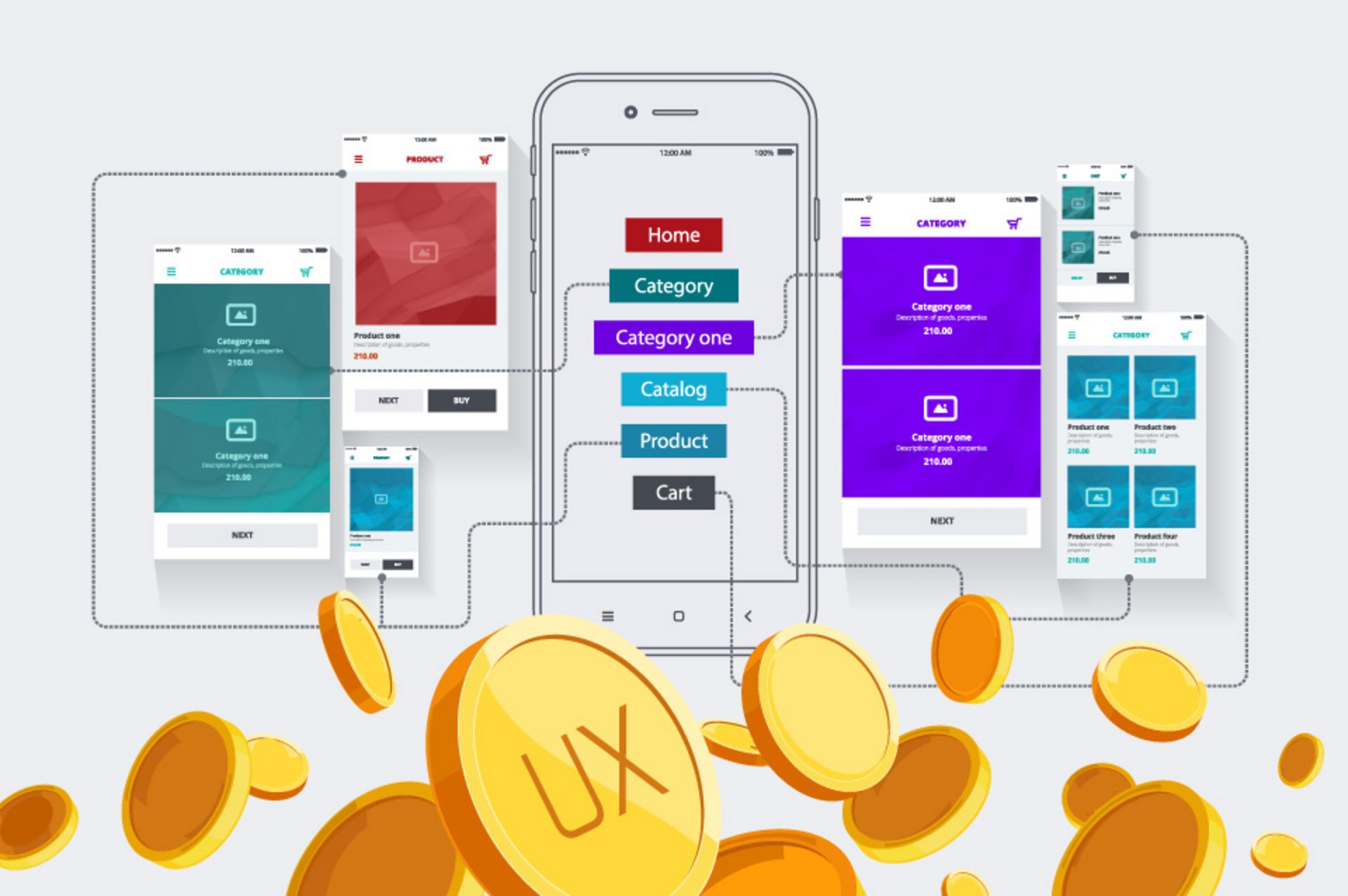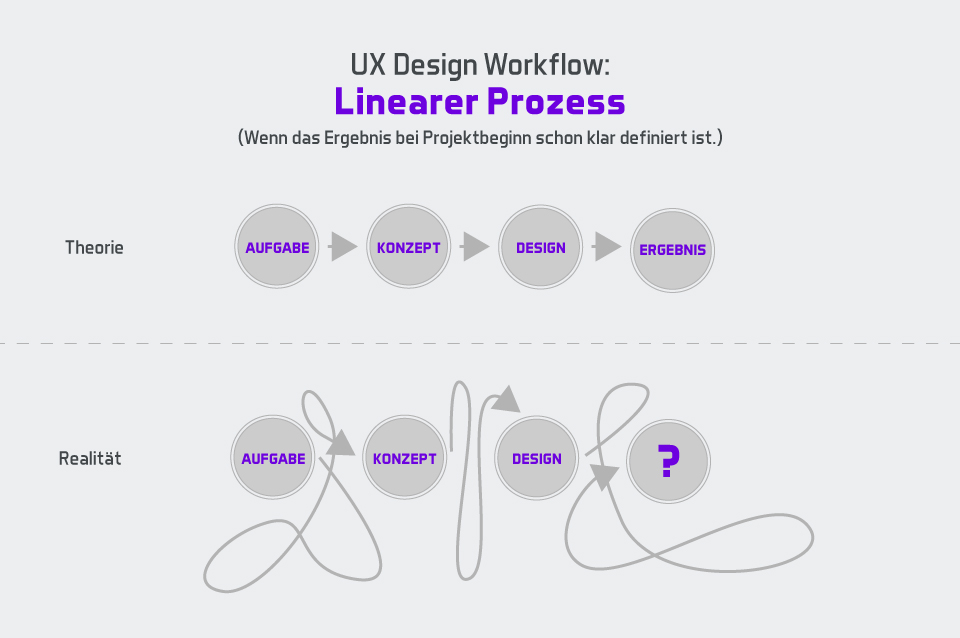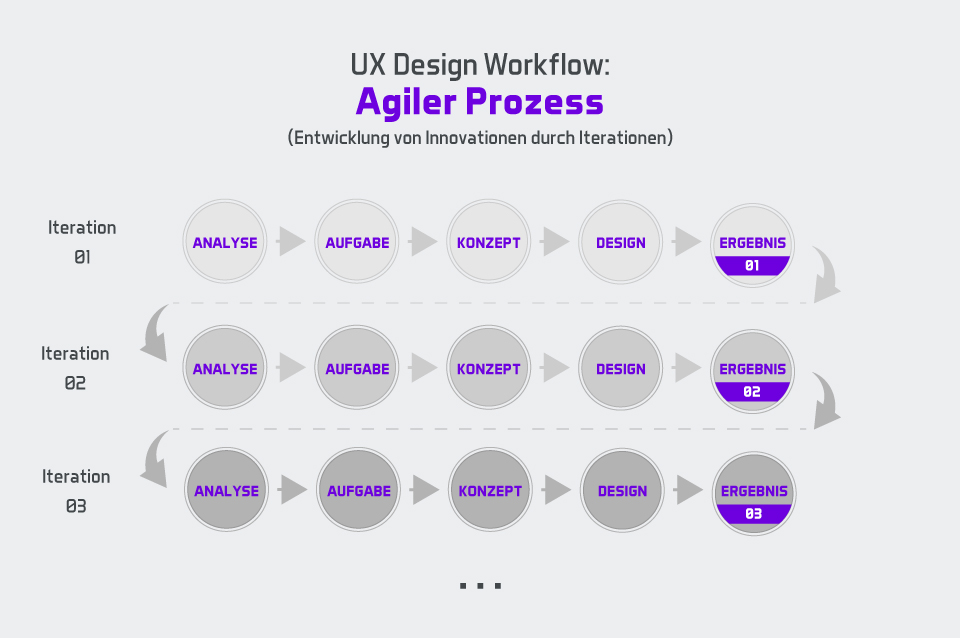
Plan and budget UX design projects properly
Often, customers of an Internet agency themselves are not yet sure exactly what project progress they expect on the way to the desired result. One thing is for sure: the more precise the expectations on the customer and agency side, the better and more successful a UX Design project can be planned and budgeted. At the beginning of the project, therefore, the joint vote is fundamentally important. As a rule, an Internet agency is sought, which supports the customer in defining the given entrepreneurial goals as a project. This article explains what you have to keep in mind and how to plan properly and profitably.
1. Joint briefing
One thing is clear at the beginning of each project: there is a problem and something has to happen. All other important conditions must be queried as completely as possible in a good briefing and the essential frame parameters defined. A project without a briefing ends up chaotic and expensive. Even with existing briefings from the customer is therefore usually worth a joint rebriefing.
- What is the problem and what goal should be achieved?
- What expectations does the customer have of the agency
- Are there any special requirements or restrictions on the project?
- Which tasks and delivered service packages result from this?
- How big is the customer / agency?
- Which people work on the project
- Which material is already present or analyzed?
2. Strategic team setup
An important rule of thumb here is: the bigger the team, the faster the costs can rise because of the increased communication effort. The most productive team does not have to be big, but competent. The wider the personal competence of the team members, the slimmer the team may be. The setup ranges from small teams, consisting of an experienced UX designer and a technical visual designer, to a whole group of in-house and external specialists. Regardless of team size, the UX design team is usually at the center of technology and project management. Here the close exchange is important to avoid additional costs through communication gaps.
Tip: Planning a team setup based on a tactic board has proven itself. It is decided who the strongest players are and in which positions they play. If the team is all about the UX design project, constant communication is the key to a good result.
3. Project planning - linear vs. agile
Experienced UX designers should already be able to set up a rough project plan and estimate costs with the project manager at the beginning of the project. Here the designers know better how complex individual design tasks are and in which order they should take place. Only for manageable projects with clearly defined results (regardless of their actual duration) do the classic, linear waterfall models still make sense. However, if a digital product is created in the course of a project or if it is a question of developing a technical innovation, the process is characterized by iterations in the agile process - that is, by grinding out results and their testings. The next goal is defined and planned after each phase.

4. Interface design & technology
The technology should be part of the conception of a design project from the beginning. Defining suitable technical solutions for the project requirements together at the beginning helps enormously later in the project. Central questions around the points of contact of design and technology are for example:
- Which persons must evaluate how often together intermediate results in the course of the project?
- Are there any technical limitations that UX Design must consider from the start?
- Which data have to be delivered from design to technology at what time?
- Which tasks can be handled in parallel by design and technology?
5. UX design process - planning-safe and flexible
Design processes generally do not run linearly due to external influences and interdisciplinary relationships. Despite agile methods, however, planning security must be ensured by defined workflows. However, every interaction in the design process should produce a predefined result and go through the following stages:
- analysis
- task
- concept
- design
- result
Conclusion
Only when the client and the agency have jointly defined the basic conditions can an individually efficient team be set up and the appropriate process method determined. The close exchange between design and technology is crucial for lossless processes and qualitative results. Defined workflows complete the greatest possible economic security and predictability of UX design projects.
Contact us
Office Wiesbaden
Mainzer Straße 75
65189 Wiesbaden